Size exclusion filtration and affinity-based removal of nanoparticles with functionalized nanocellulose active layer on electrospun membranes
- postdoc
- Treesearch
Membrane filtration and affinity-based adsorption are the two most used strategies in separation technologies. Nanocellulose-enabled membrane technology is an emerging area as nanocellulose can be extracted from any biomass being ideal material for various applications such as biomedicine, water and air purification etc. The present work utilizes electrospinning as a tool for fast production of non-woven membranes of cellulose acetate (CA), coated with functional layer of anionic or cationic cellulose nanocrystals (CNCs) which serve as an active filtration layer. The goal of this project is to produce composite membranes of CA and CNCs with the criteria aiming at size exclusion separation and affinity-based filtration of nano sized particles or a combination of both. Electrospinning of CA membranes was optimized by tuning various processing parameters and CNCs were impregnated into the membranes at varying weight ratios. The porosity, mechanical properties, hydrophilicity, water flux, and finally the potential of composite membranes in filtration of nanoparticles and removal of charged molecules (Victoria blue and Congo red) were evaluated. The porosity of the anionic and cationic CNCs incorporated CA membranes was 83% and 78%, respectively. The negatively charged CA-CNC(-) membranes exhibited a particle retention efficiency of 96% whilst the positively charges ones CA-CNC(+) showed 43% for 500 nm sized particles. Further, the negatively functionalized membranes showed an affinity-based removal of 63% of Victoria blue whereas the positive ones showed an adsorption of 27% for Congo red.




